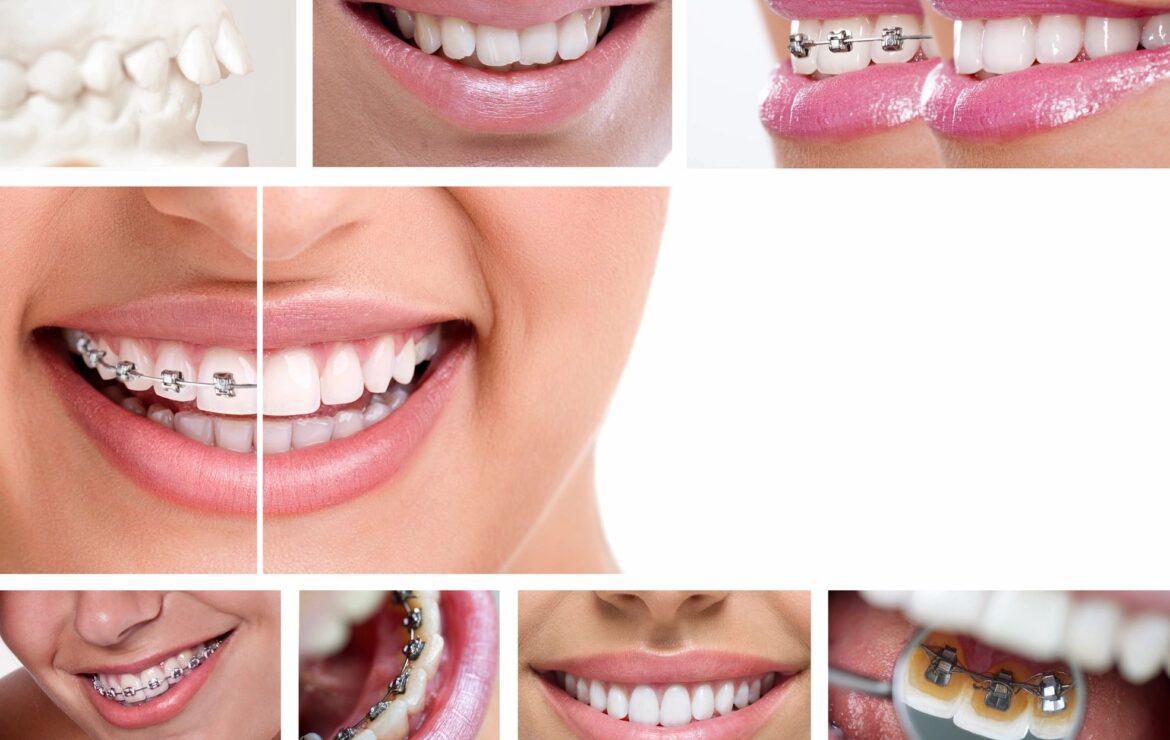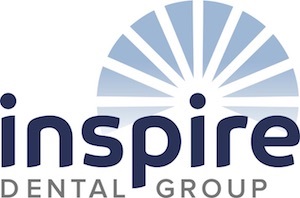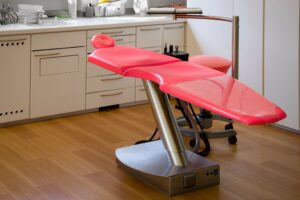How Do Braces Work?

How Do Braces Work?
Most people know that braces are used to help move your teeth into place, but some people are unaware of how they actually work. This article will break down the different parts in the bonding process in which will lead to a healthy, straight smile!
There are multiple parts Dr. Clauss may use to straighten teeth:
- Archwires – This is the wire that connects all of the brackets and bands together. The archwires do the true work by aligning the brackets, which aligns the teeth.
The bend in the archwire generates pressure for the teeth to follow, slowly moving them into place. If there are spaces in between teeth, this wire is used as a track for the teeth to glide along as they move to fill in the gaps. The archwires are typically exchanged out for new ones or are refitted as your teeth are shifting.
- Brackets – These are the small metal or ceramic squares that are attached to the front and side of the teeth. They are bonded directly to the enamel of the tooth and act like handles that hold the archwire across your teeth to move them.
- O-rings – Also known as “orthodontic ligatures” are tiny rubber rings that are used to support the archwire’s attachments to each bracket. These can be silver, clear, or in a fun color! These are positioned by being stretched around the corners of each bracket, over the archwire.
- Bands – These essentially have the same job as brackets but are cemented to your molars/back teeth. Bands are thin metal rings that fit around the tooth with a small attachment that holds on to the archwire. Spacers may be used before the bands are placed in order to make space for the band by slightly pushing the teeth apart.
- Elastics – Or “rubber bands” are hooked onto one bracket or band in the upper arch and stretched to another bracket or brand in the lower arch that will create a force to move the teeth. Elastics work to correct jaw misalignment such as a overbite, underbite, crossbite, etc. Patients will be responsible for changing these periodically throughout the day as the elastics will stretch and they need to be tight to be effective.
- Power chains – This is a row of rubber O-rings that are connected together like links in a chain. This is stretched over a group of brackets, which each ring going around one bracket. As the power chain contracts, it pulls the teeth closer together and closes any gaps.
- Palatal Expander – This is an appliance that fits in the roof of your mouth and is cemented to the upper back teeth. It is used to widen a narrow upper jaw by gradually moving both halves of the jawbone. Dr. Clauss may suggest an expander if you have overcrowded/overlapping teeth, crooked teeth, a misaligned bite, etc.
The teeth will generally move about 1 mm per month as long as the pressure is continuous. It is crucial to stay on top of your appointments to ensure the pressure does not stop, because when this happens, the teeth will stop moving.
Inspire Dental Group Orthodontics offers services at 2 of our locations:
- 4330 Maple Rd. Amherst, NY 14226
- 3030 Orchard Park Rd. West Seneca, NY 14224
Schedule a complimentary consult with us today by visiting our website at www.inspiredentalgroup.com or by calling our office at (716) 362-4800 (Option 6).
Your Smile…Our Inspiration!





